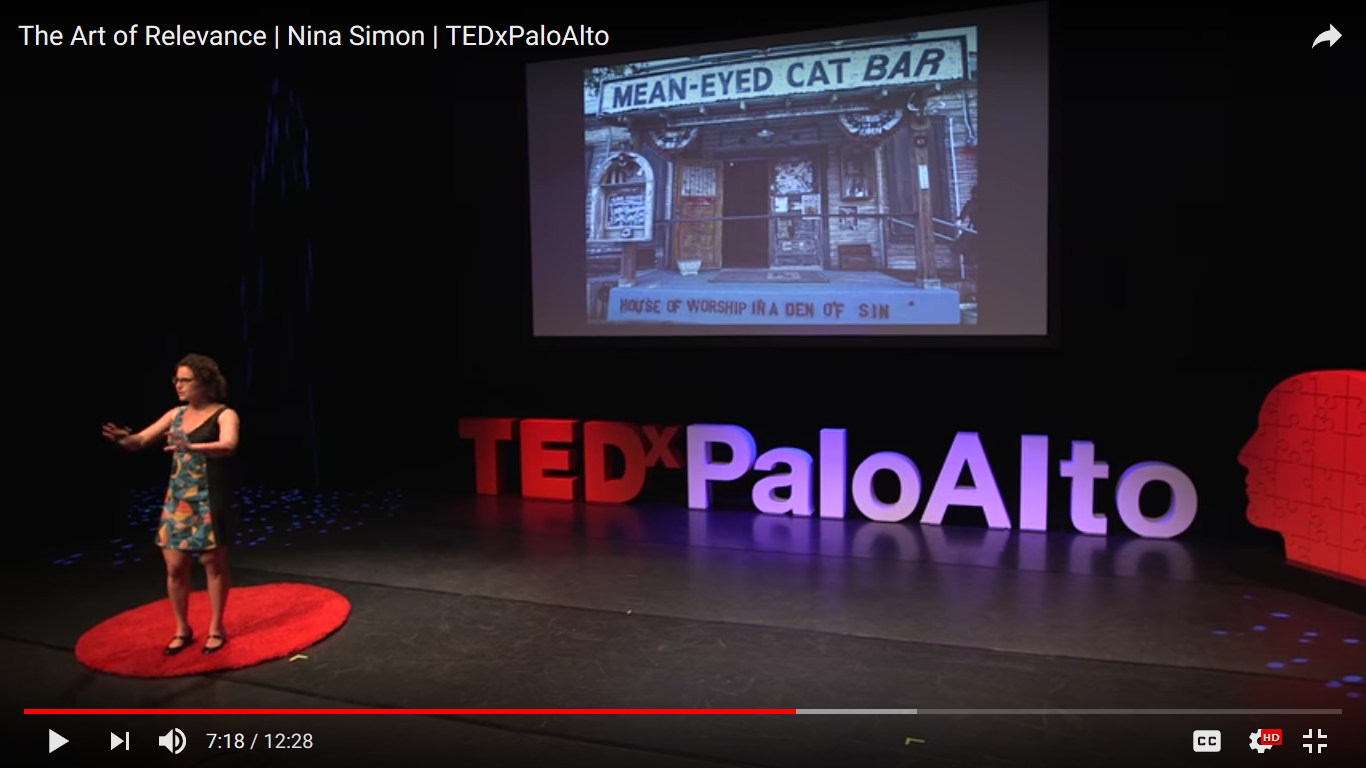I was recently listening to an episode of This American Life on church planting and found it a little strange to be listening to people use venture capitalist terminology to describe efforts to build new worship communities as “target the unchurched.”
Reporter Eric Mennel mentions attending a conference where the conversation is
“…about “kingdom return on investment.” Or “evangelistic networking” is one I’ve read, or “corporate renewal dynamics.”
“Launch” is a big word that they use in both worlds. They talk about “launch Sundays” and “launch budgets” in church planting. And the framing of what they’re doing is in business terms, right?
As I continued to listen, they started to mention that these efforts were heavily bankrolled by established churches,
So a lot of the startup capital comes from the biggest denominations. The Southern Baptists– they spend tens of millions of dollars a year on church planting. But a lot of church plants actually get their funding directly from megachurches– established churches that have thousands of members.
That got me thinking that you don’t see many large arts organizations doing something similar where they provide seed funding to enable more nimble arts organizations to go out to target the un-artsed.”
It wasn’t long ago that Nina Simon made a similar point about church planting and the arts on her blog.
Perhaps I should have known there would be parallels with the arts because This American Life titled the episode, “If You Build It, Will They Come?” evoking the “Field of Dreams” mentality we have been urged to abandon.
However, what I really found fascinating was the parallels between the problems one church planter had with diversifying the demographics of church planting and those of arts organizations trying to do the same thing with their program participants.
This American Life (TAL) spoke to Watson Jones III who became really excited by the church planting model, but noticed that pretty much everyone at this church planting conferences was Caucasian. The TAL reporters confirmed that most church planting happens in gentrifying or affluent urban neighborhoods or suburbs.
Jones felt things were wide open for planting churches in urban neighborhoods for people of color. As I referenced before, there is some surprising infrastructure for church planters. Jones got training in budgeting, fundraising, creating a business plan and mission statement for his church, plus an 18 month residency at a church plant site. He ended up landing about $100,000/year funding for three years to support his planting efforts.
They ended up doing a lot of things arts organizations do when trying to attract new audiences– handing out flyers and candy on the streets trying to get people to attend gatherings at homes, coffee houses and other non-traditional venues.
While the non-traditional worship services at funky, cool locations are pretty much the core identity of the church planting process that helps attract new members, it had the opposite effect for communities of color.
Watson Jones
….And one lady told me– she said, you guys are a cult. You call me when you get a church. Especially, I think, among black people, the more out of the box or avant garde you are, the less likely you are to be trusted.
Theologically, we say all day long, the church is the people of God. The people in your city, in your neighborhood, does not understand church apart from a building, a preacher, a choir or a praise team, and something that looks like a church service, period.
[…]
AJ Smith
Yeah. I mean, we were going to be the people who were out there on the streets, pastors who were very much present with the people. And that’s how we’ll grow the church. That didn’t work.
As I am listening to all this, I can’t but help think about how this is literally out of Nina Simon’s TEDx Talk on the Art of Relevance.
I mean look at this still. If you can’t see the stenciled sign on the bottom of the slide she is showing, it says “House of Worship In A Den of Sin.”

Nina uses this picture to discuss how some people will see this as a welcoming place and others will see it as scary.
These guys trying to plant a church are running into a similar situation where the lack of a formal building and familiar experience was an impediment to people’s willingness to commit to this fledgling church. (Unfortunately, even when they did get a physical place in which to hold services, they had problems attracting a consistent group.)
This podcast provides many things to think about regarding the efforts of arts organizations to diversify the groups they serve. The foremost of which may be whether the design and execution of impromptu experiences in non-traditional spaces reflect affluent Caucasian ideals about what outreach efforts to those underserved by the arts looks like and subsequently serve to largely appeal to a similar demographic.
